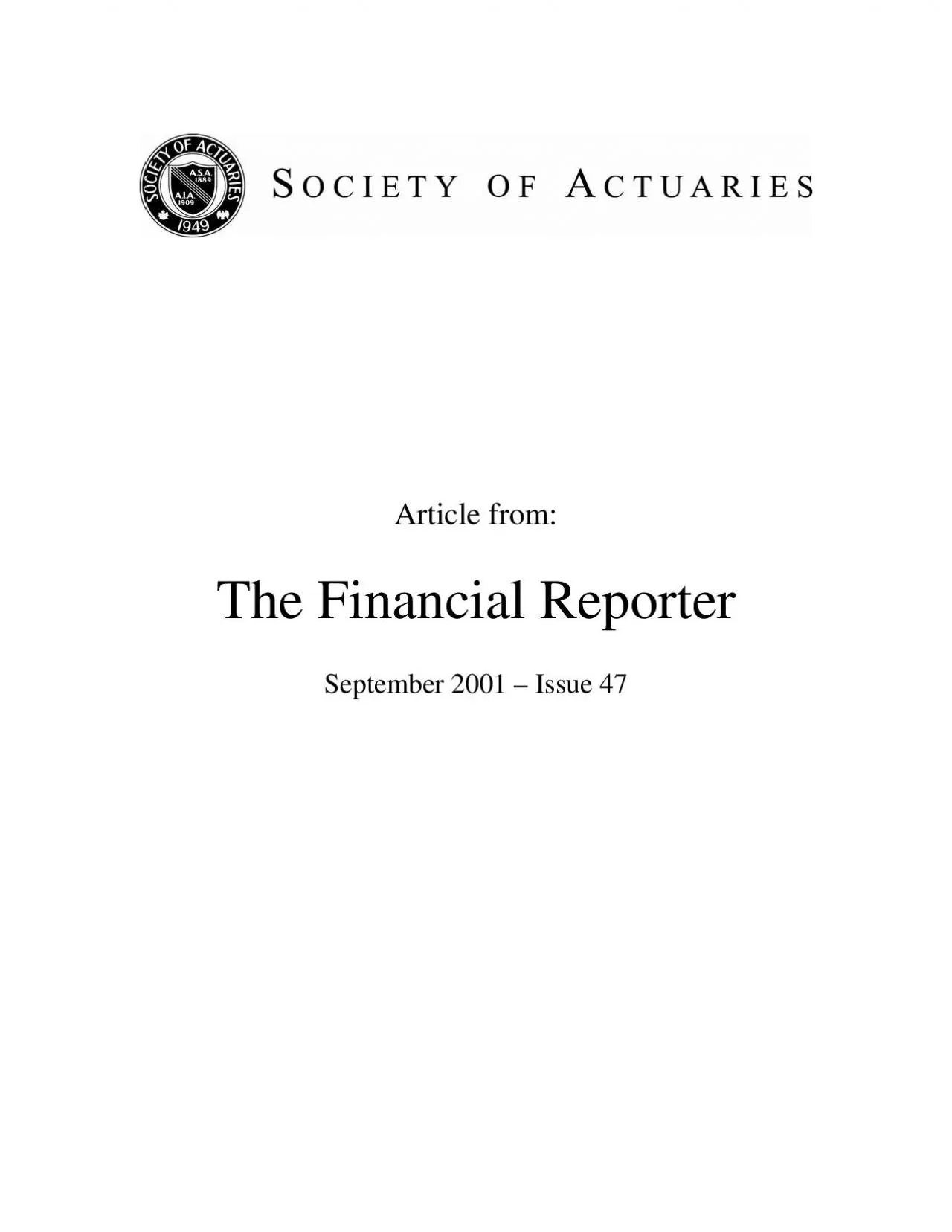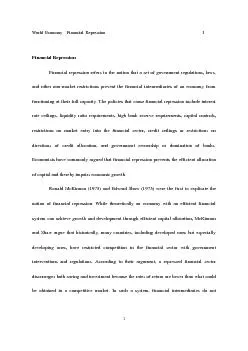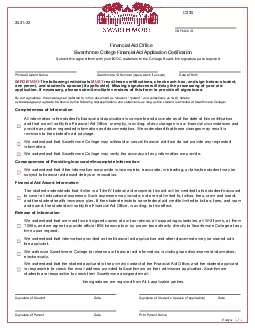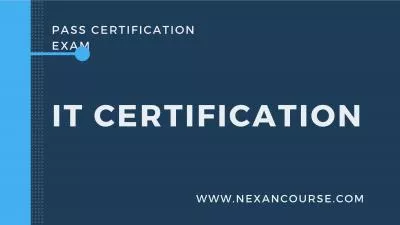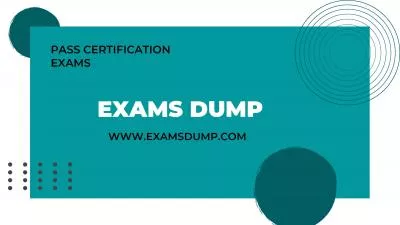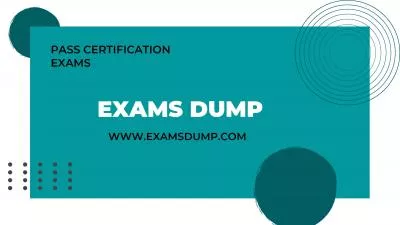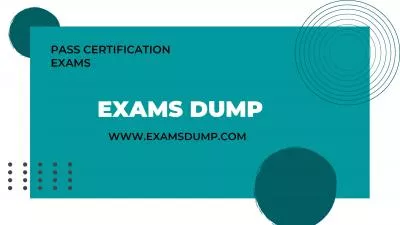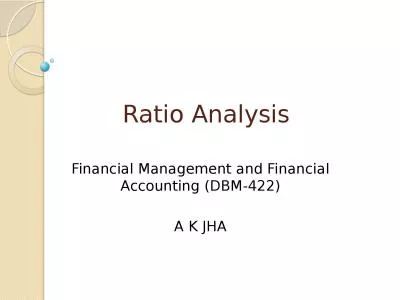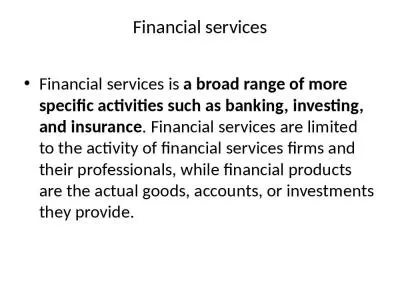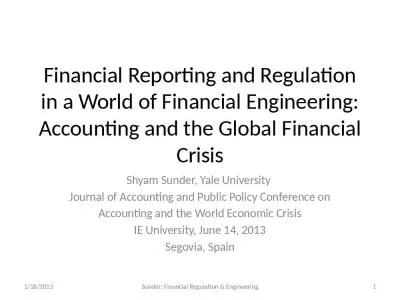PDF-THE FINANCIAL R
Author : felicity | Published Date : 2021-06-28
PAGE 20AGE 20advocates for determining thevalue of business acquired VOBA forinsurance purchase GAAP VOBA alsoknown as PVP PVFP CIP VIF is thethe familiar DPAC intangible
Presentation Embed Code
Download Presentation
Download Presentation The PPT/PDF document "THE FINANCIAL R" is the property of its rightful owner. Permission is granted to download and print the materials on this website for personal, non-commercial use only, and to display it on your personal computer provided you do not modify the materials and that you retain all copyright notices contained in the materials. By downloading content from our website, you accept the terms of this agreement.
THE FINANCIAL R: Transcript
Download Rules Of Document
"THE FINANCIAL R"The content belongs to its owner. You may download and print it for personal use, without modification, and keep all copyright notices. By downloading, you agree to these terms.
Related Documents

